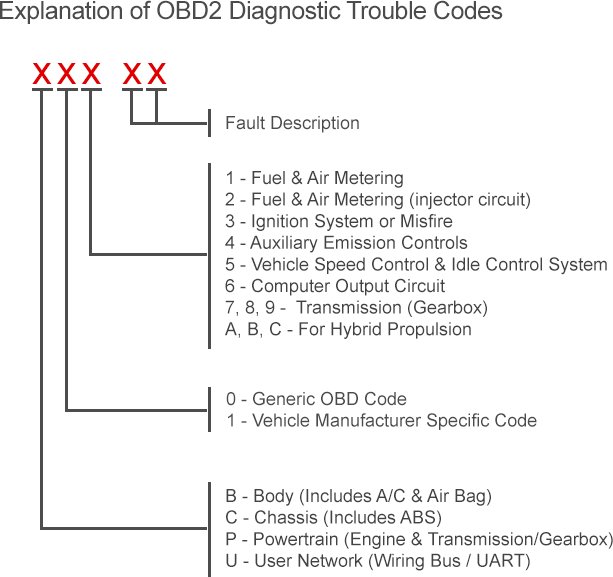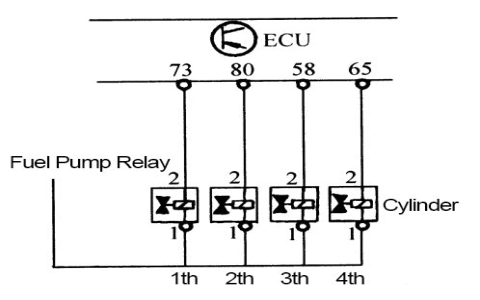Diagnosing pre-1996 Toyotas requires understanding their proprietary OBD1 systems. Here's a breakdown of key codes and their significance:
Accessing Codes
Reading Methods:
- Flash Codes: Bridge terminals TE1 (or T) and E1 in the diagnostic connector (often labeled DLC1 or DLC, located under the hood). Turn ignition ON. Count Check Engine Light flashes: long flashes = tens digit, short flashes = units digit. Code 24 = 2 long flashes, 4 short flashes.
- Paperclip Method: Some models require a wire bridge instead of just turning diagnostics on. Consult vehicle-specific guides.
Critical OBD1 Codes
Understanding these codes helps pinpoint common failures rapidly:

- 12 (RPM Signal): No NE (RPM) signal within first 2 seconds of cranking. Check distributor/crank position sensor circuits, EFI main relay.
- 14 (Ignition Signal): Missing IGF signal to ECU after multiple ignition events. Points to ignition module failure or related wiring.
- 21 / 28 (Oxygen Sensor - Bank 1 / Bank 2): Indicates O2 sensor output voltage consistently lean, rich, or inactive. Diagnose sensor heater circuit, wiring, potential vacuum leaks, or fuel pressure issues. Common failure point.
- 22 (Coolant Temp Sensor - ECT): Open or short circuit detected. Causes incorrect fuel mixture and cold start issues. Test sensor resistance at various temperatures.
- 24 (Intake Air Temp Sensor - IAT): Open or short circuit detected. Affects air/fuel mixture calculations. Check sensor resistance.
- 25 (Lean Condition): Air/Fuel mixture too lean for significant time after feedback control starts. Check vacuum leaks, low fuel pressure, injectors, MAF/VAF.
- 26 (Rich Condition): Air/Fuel mixture too rich for significant time. Check faulty injectors (leaking/stuck), high fuel pressure, faulty coolant temp sensor, or faulty O2 sensor.
- 27 (Sub-Oxygen Sensor): Similar issues as codes 21/28, but specific to models with dual O2 sensors (usually Bank 2 downstream sensor if equipped).
- 31 (Mass/Vane Air Flow Sensor - MAF/VAF): Open or short circuit detected in air flow meter signal (common on early Camry, Celica, Supra). Check connections, measure resistance, clean sensor wire if possible.
- 41 (Throttle Position Sensor - TPS): Open or short circuit detected, or idle switch not engaging. Causes erratic shifting and throttle response. Calibrate per FSM, test voltage sweep.
- 42 (Vehicle Speed Sensor - VSS): No speed signal input. Affects cruise control and transmission shifting. Check sensor, cable (mechanical), wiring.
Important Considerations
- Blink Code 17: Indicates an additional diagnostic trouble code is stored (not common on all models).
- Clear Codes: Pull EFI fuse or disconnect battery for >15 seconds. Verify repairs fixed the issue.
- Factory Manual: Essential for wiring diagrams, component locations, and test procedures specific to your model year.
- Pin Identification: Verify TE1 and E1 terminal positions using a reliable source for your specific Toyota model. Misidentification is common.
- Catalytic Converter Risk: Unaddressed rich codes (like 26) can destroy the catalytic converter due to excess fuel combusting inside it.

